Ever since the invention of the visible laser over 50 years ago, scientists have been striving to create lasers that generate coherent beams at shorter wavelengths i.e. the extreme UV (EUV) and soft X-ray (SXR) regions of the spectrum. This quest has led to the construction of large facilities, such as kilometer-scale x-ray free-electron lasers, to reach the keV photon energy region.
About the Kapteyn-Murnane Group
Research Areas
Magnetism has been the subject of scientific inquiry for more than 2000 years. However, it is still an incompletely understood phenomenon. The fundamental length and time scales for magnetic phenomena range from Å (exchange lengths) and sub-femtoseconds (exchange splitting) on up.
High harmonics are ideal as the illumination source for time- and angle-resolved photoemission spectroscopy (trARPES), which can measure the full electronic band structure of a material. Moreover, a new generation of ultrafast (~50-100fs), MHz rep rate, VUV (1-20eV) highly-cascaded high harmonics driven by compact fiber lasers have 10-100meV energy resolution, and are ideal for spin-resolved ARPES (Optica 7, 832 (2020).
Although x-ray imaging has been explored for decades, and visible-wavelength microscopy for centuries, it is only recently that the spectral region in between―the extreme ultraviolet (EUV)―has been explored for imaging nanostructures and nanomaterials.
Heat transport is driven by a thermal gradient, flowing from hot to cold regions in a material. However, at dimensions <100nm, bulk models no longer accurately predict the transport properties of materials. Because no complete models of nanoscale heat transport were available, it was assumed instead that bulk-like diffusive heat transport was valid—provided that an effective parameter, such as a size-dependent thermal conductivity, was incorporated.
Nanoparticles exhibit a surface-area-to-volume ratio many orders of magnitude higher than bulk materials, allowing them to serve as powerful catalysts for chemical reactions, both in the laboratory and as atmospheric aerosols.
The demand for faster, more efficient, and more compact nanoelectronic devices, like smartphone chips, requires engineers to develop increasingly complex designs. To achieve this, engineers use layer upon layer of very thin films – as thin as only a couple strands of DNA – with impurities added, to tailor the function.
Science and technology are inextricably linked and continue to drive each other. Ultrafast lasers have revolutionized our understanding of how molecules and materials work and how charges, spins, phonons and photons interact dynamically. In past research, our group designed Ti:sapphire lasers that operate at the limits of pulse duration and stability, with adjustable pulse durations from 7 fs on up.
In the Spotlight
Congratulations to JILA graduate students Anya Grafov and Iona Binnie—who conduct their cutting-edge research in the laboratory of JILA Fellows and the University of Colorado Boulder professors Margaret Murnane and Henry Kapteyn—for their outstanding achievements at the MMM Intermag 2025 conference!
Read More
JILA graduate student Clay Klein has been awarded the prestigious 2025 Nick Cobb Memorial Scholarship, presented by SPIE, the International Society for Optics and Photonics, and Siemens EDA. The scholarship, valued at $10,000, recognizes Klein’s outstanding contributions to the field of optics and photonics.
Read More
JILA and University of Colorado Boulder Physics graduate student Emma Nelson achieved notable recognition by securing 3rd place at the CU Boulder 2024 Innovation in Materials Symposium on August 15, 2024. Held at CU Boulder, this symposium is a significant platform for the materials research community, bringing together faculty, students, and industry professionals from CU Boulder and beyond. The event is dedicated to supporting interdisciplinary collaboration and furthering discussions in the field of materials science.
Read More
Anya Grafov, a graduate student at JILA, has been awarded the Best Poster Award at the IEEE Magnetics Society Summer School 2024. Studying under JILA Fellows and University of Colorado Boulder Physics professors Margaret Murnane and Henry Kapteyn, Grafov's poster titled “Probing Ultrafast Spin Dynamics with Extreme Ultraviolet High Harmonics” was one of only nine to receive this prestigious recognition.
Read More
JILA Address
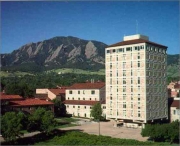 We are located at JILA: A joint institute of NIST and the University of Colorado Boulder.
We are located at JILA: A joint institute of NIST and the University of Colorado Boulder.
Map | JILA Phone: 303-492-7789 | Address: 440 UCB, Boulder, CO 80309


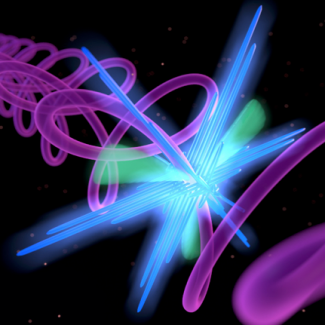
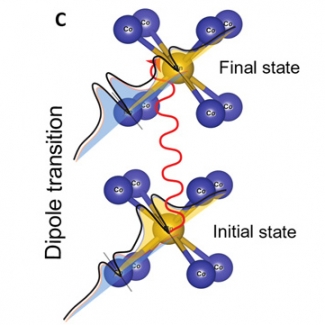
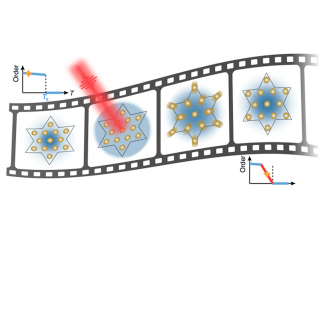
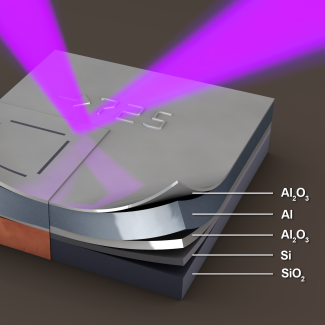
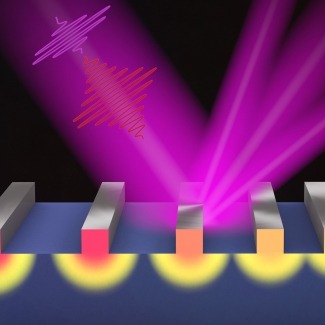
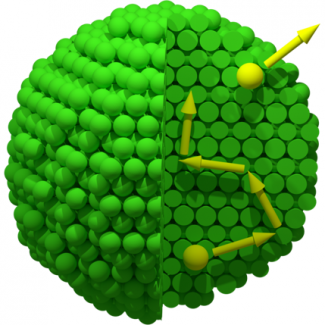
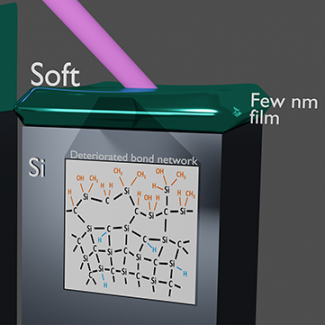
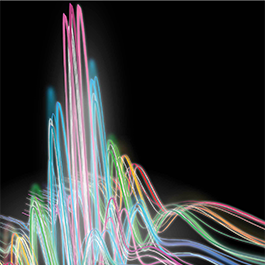
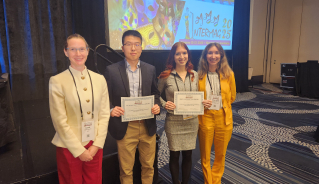
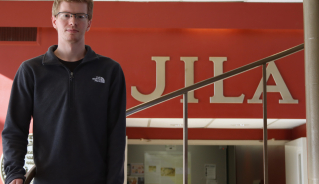

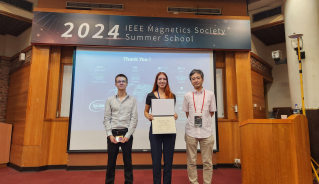
 The Physics Frontiers Centers (PFC) program supports university-based centers and institutes where the collective efforts of a larger group of individuals can enable transformational advances in the most promising research areas. The program is designed to foster major breakthroughs at the intellectual frontiers of physics by providing needed resources such as combinations of talents, skills, disciplines, and/or specialized infrastructure, not usually available to individual investigators or small groups, in an environment in which the collective efforts of the larger group can be shown to be seminal to promoting significant progress in the science and the education of students. PFCs also include creative, substantive activities aimed at enhancing education, broadening participation of traditionally underrepresented groups, and outreach to the scientific community and general public.
The Physics Frontiers Centers (PFC) program supports university-based centers and institutes where the collective efforts of a larger group of individuals can enable transformational advances in the most promising research areas. The program is designed to foster major breakthroughs at the intellectual frontiers of physics by providing needed resources such as combinations of talents, skills, disciplines, and/or specialized infrastructure, not usually available to individual investigators or small groups, in an environment in which the collective efforts of the larger group can be shown to be seminal to promoting significant progress in the science and the education of students. PFCs also include creative, substantive activities aimed at enhancing education, broadening participation of traditionally underrepresented groups, and outreach to the scientific community and general public.